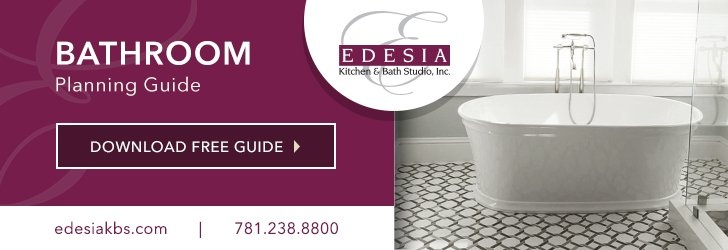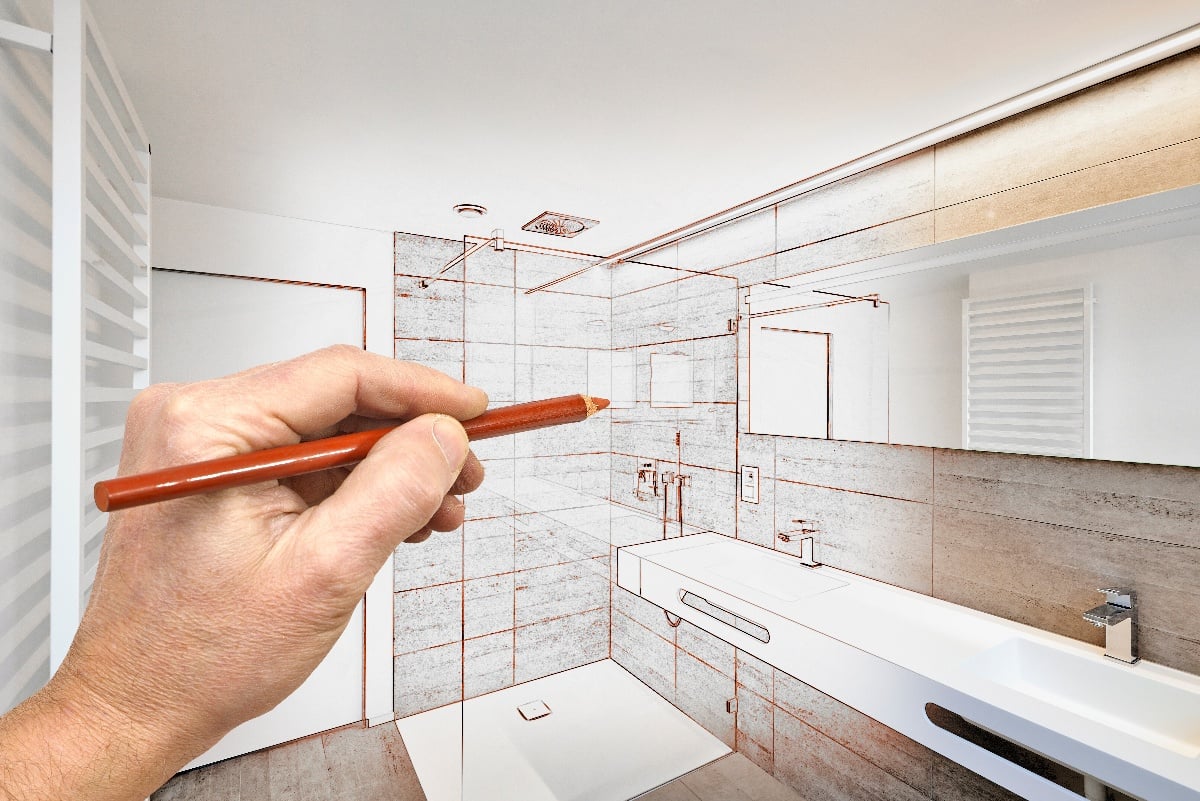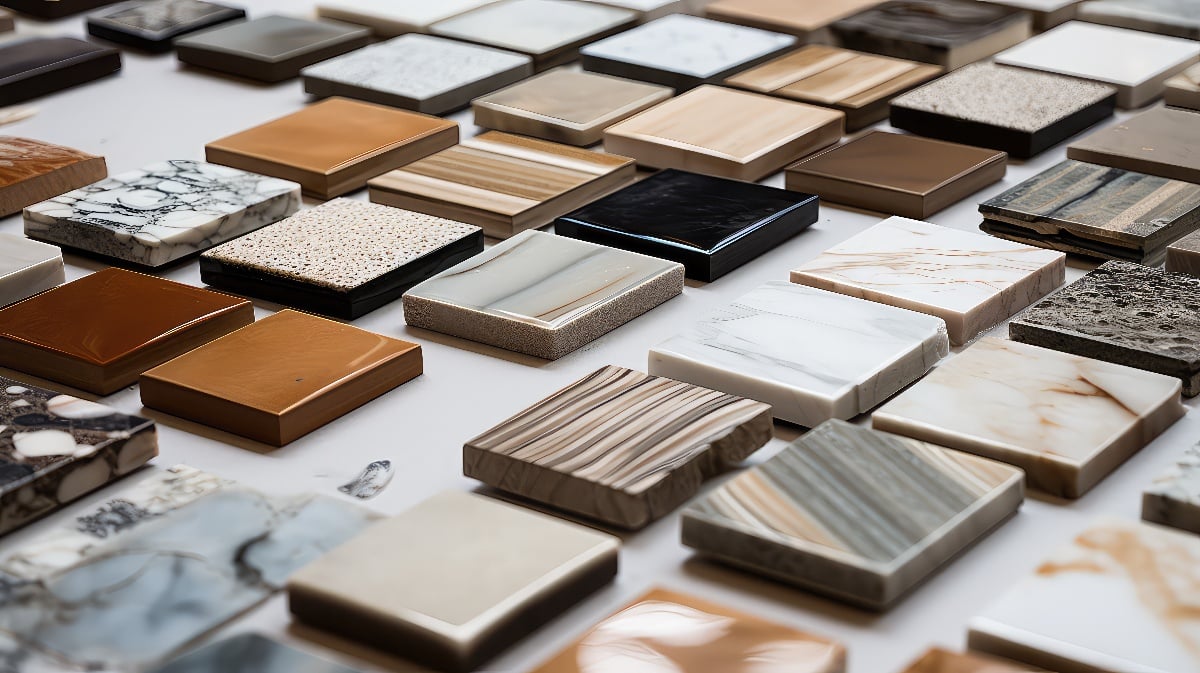Sometimes when talking about tile for the kitchen or bathroom, you may think that ceramic and porcelain tile are the same.
And they are and they are not. Porcelain is a subset of ceramic. Both are made from clay. Both are hardened by firing in a kiln at high temperatures. Both are strong and durable. The same.....but different.
Porcelain
The one thing that distinguishes porcelain from ceramic tile is the amount of moisture that the tile absorbs. This tile must meet an absorption rate of .5 percent or lower to maintain the classification of porcelain tile. To do so, porcelain tile is often made with finer clay and fired at higher temperatures, making the clay harder, more durable, and less water absorbent.
Porcelain tile offers durability and hardiness that is unparalleled to any other material. It can be purchased glazed or unglazed. Glazed tiles offer more variety in style, color, and finishes but unglazed, or full-bodied tiles have color running through the entire piece, making them last longer and be more resistant to chipping and scratching.
It can be used for backsplashes, floors, showers, or even countertops and can be offered in finishes replicating stone, wood, concrete or other natural materials. It can be used in small mosaic backsplash tiles and in large slabs for large floors and commercial applications.
Ceramic
Ceramic tile is made in a similar way as porcelain tile, being heated and hardened in a kiln. They are not subjected to as high temperatures as porcelain, leaving the tile less dense, more porous, and softer. Though it may absorb more water, those same porous qualities make cutting and installing easier and subsequently cheaper.
Though ceramic tile is not produced with the same refined clay that you find in porcelain tile, you will find it less expensive to purchase. The cost savings, though, maybe a trade-off for a less durable product.
You will nearly always find ceramic tile glazed, which in turn helps in the absorption of moisture. Some homeowners like the coolness of the tile, especially in warmer climates. It is heat-resistant, which makes it a great choice for countertops. Normally you find less variety in finishes than you find with porcelain tile.
Which is Right for You?
Cost:
- Porcelain tile is by far the most expensive of the two types, costing approximately 60% more than similar ceramic tiles.
- DIY'ers may save money on installation because ceramic tile is easier to cut and install.
Durability
- Due to higher temperatures and more refined clays, porcelain tiles are more durable and will last longer than ceramic tile.
- Porcelain tiles absorb less moisture and are often a better choice for areas with high moisture such as showers, bathroom floors, and patios.
- Ceramic tiles are better suited to low-traffic areas.
- Both tiles are heat-resistant.
Appearance
- Both ceramic and porcelain tiles are beautiful and will look good in most settings.
- Porcelain tile offers more finishes than ceramic and comes in additional sizes and shapes.
- Both tiles can be glazed.
Maintenance
- Both porcelain and ceramic tiles are easy to clean and maintain.
- Ceramic tiles require more immediate action for cleaning up spills because they tend to absorb more moisture.
- Routine damp mopping easily cleans both tiles, though sealing grout may be needed on occasion.
Porcelain and ceramic tiles are great choices for surfaces in your bathroom and kitchen. They are easy-care and durable and can enhance the look of your rooms. If you are considering bath or kitchen remodel, let us help you. Contact us today!












